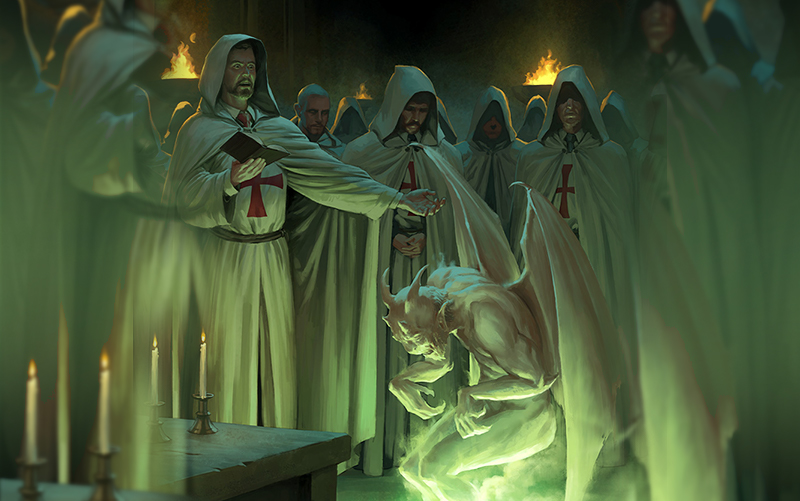The term originates from the Greek: para meaning ‘alongside’ and psychologia defined as ‘study of the mind’.
Parapsychology deals amongst others, with paranormal phenomenon and appearances that cannot be explained by current science.


Transfer of information or feelings between individuals by means other than the five classical senses.
Phenomena often attributed to ghosts and encountered in places a deceased individual is thought to have frequented, or in association with the person’s former belongings.
What dreams want to tell us. Interpretation of dreams is used to denote those activities that suspect a certain, mostly important message hidden behind the images, actions and feelings experienced in the dream and attempt to methodically decipher them. Feelings, thoughts are included, transformed and compressed in the dream. Sometimes the statements shift and incidental things become the central dream topic. Important daily information can become seemingly unimportant dream experiences.
Perception of information about future places or events before they occur.
Clairvoyance
Obtaining information about places or events at remote locations.
Psychokinesis
The ability of the mind to influence matter, time, space, or energy.
Reincarnation
The rebirth of a soul or other non physical aspect of human consciousness in a new physical body after death.
Parapsychologists employ a variety of approaches for the study of paranormal phenomena. These methods include qualitative as well as quantitative empirical methodologies used in traditional psychology too. Parapsychology tools used outside the traditional medicine include for example card readings, clairvoyance, astrology, numerology etc.
